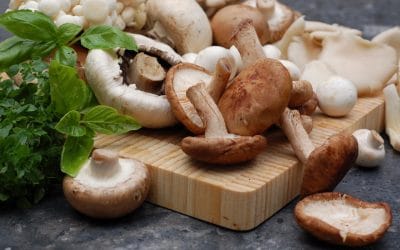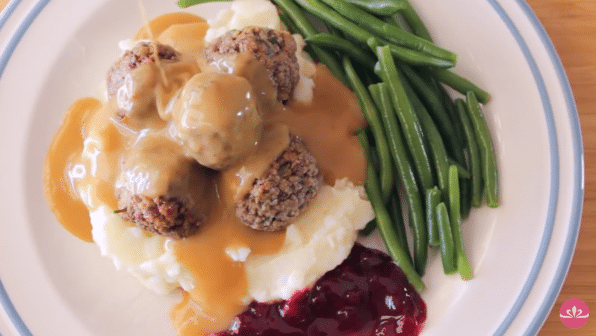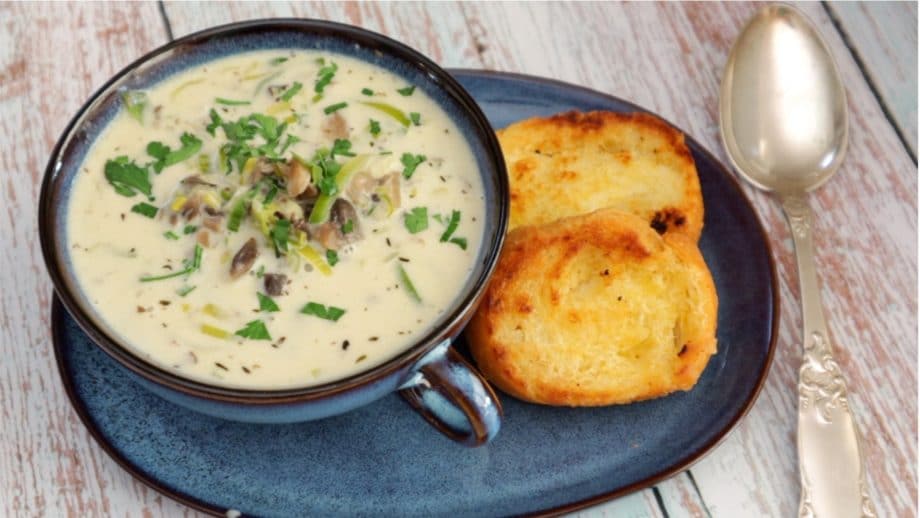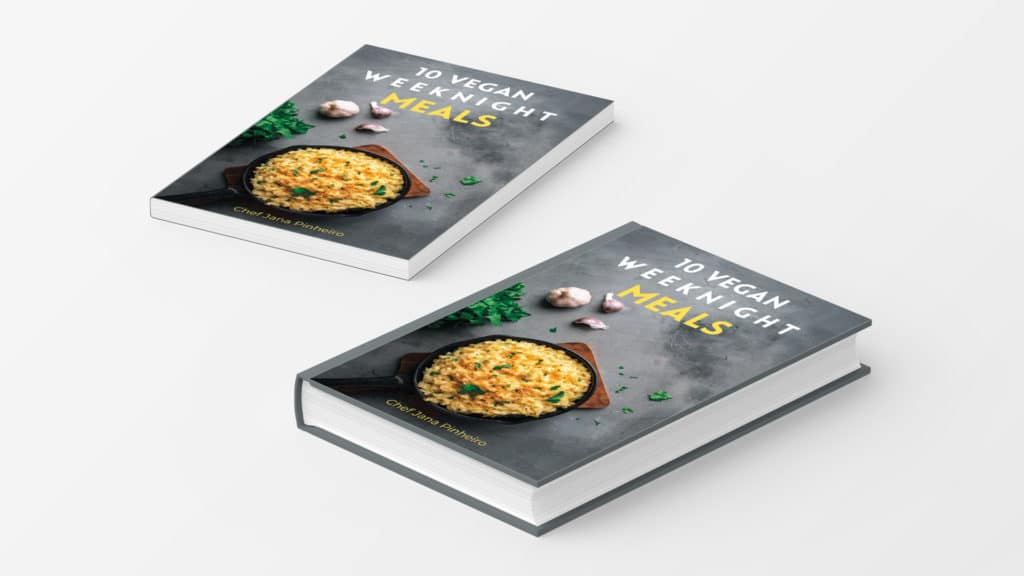
Another impacting fact about mushrooms is that different than any other living organism, they get their energy from the moon and not from the sun, which means they do not photosynthesis the energy from the sun. Is your little mind blown yet? Wait, there’s more… Mushrooms also get their energy from processing decaying matter and diseased organisms. Which is kinda gross, I must admit…
Since the beginning of times, cultures around the world have developed rich traditions that utilize psychoactive mushroom species to bring about profound insight into the human predicament. In Mexico, the Mazatec and Aztec cultures have a well-documented use of San Isidro (Psilocybe cubensis) in that region for hundreds, if not thousands, of years. In Siberia, the use of the Fly Agaric mushroom (Amanita muscaria) for intoxication is not only a long-standing tradition in with shamanic tribes of that area but has also been linked to the origination of the myth of Santa Claus!
Mushrooms are the meat of the earth, as I use to refer to them. Every time I need to make a dish which originally required some sort of meat, such as stroganoff or any beef stew, I veganize it by using mushrooms instead. And as a result, I always get tons of compliments, especially from meat eaters. They get really impressed with the scrumptious texture and rich taste. In addition to that, mushrooms are a very good source of potassium, vitamin B6, vitamin D, vitamin C, fiber and magnesium.

Mushrooms are a fungus. A fungus is any member of a large group of eukaryotic organisms that includes microorganisms such as yeasts and moulds, as well as the more familiar mushrooms
The Fungi are classified as a kingdom that is separate from plants and animals, as I’ve said before. The discipline of biology devoted to the study of fungi is known as mycology, which is often regarded as a branch of botany, even though genetic studies have shown that fungi are more closely related to animals than to plants. A mind-blowing piece of info, especially for us vegans! But don’t worry, it is still safe to eat mushrooms, they are not animals, due to lack of central nervous system. So chill, you’re safe eating your shrooms…
A mushroom (Agaricus bisporus) is one of the many species of fungi. Some 3,000 different species of fungi can be found in Western Europe, approximately 50 of which are fit for human consumption. Of the edible fungi, the mushroom is by far the most familiar one.
Fungi are classified as moulds. A fungus is actually the visible fruit body of a mould and as such only a small part of that mould. The mould fungus, or mycelium, grows under the ground, invisible to the naked eye. This is a tight network of fine threads, which with some species can even extend across a surface area of several hectares.
Clearly, a fungus is not a plant, because plants contain chlorophyll and with the aid of sunlight can store energy in the form of carbohydrates. The plant uses these carbohydrates for its growth. Fungi do not contain chlorophyll and therefore are unable to produce their own carbohydrates. They depend on the organic matter of dead or living organisms for their energy supply, from which they can extract their nutrients (carbohydrates). Since the mould, in turn, provides nutrients for the plants, balance is restored to the food chain.

1. Saprophytes: To which the mushroom also belongs, live on decaying plant matter and dead wood. They break it down until carbon dioxide and minerals remain. They are an essential link in the food chain because they convert the organic matter from decomposed or diseased organisms into inorganic substances. In doing so, they provide the necessary nutrients for green plants.
2. Parasites: They acquire their nutrients from a more extensive supply, and usually live at the expense of other organisms. That can be plants, animals, or even other moulds. They grow on live wood and infect it so that it ultimately decays and is then used by the Saprophytes.
3. Mycorrhizae: They live for mutual benefit in symbiosis with the roots of live trees and plants. The tree gains an even broader root system from which the fungus can extract carbohydrates that it is unable to form itself. Contrary to the parasites, Mycorrhizae, therefore, reciprocate to benefit the host. The bay boletes, chanterelles, and truffles belong to this group.
So there you have it, Mushrooms 101, explained. Loved this little piece of info so much that now you’re craving a good mushroom dish? Well, what kind of person would I be if I did tease you and not satisfy your munchies… So here´s a delicious and easy recipe using the most mystic food ingredient ever!
| Cookie | Duration | Description |
|---|---|---|
| cookielawinfo-checbox-analytics | 11 months | This cookie is set by GDPR Cookie Consent plugin. The cookie is used to store the user consent for the cookies in the category "Analytics". |
| cookielawinfo-checbox-functional | 11 months | The cookie is set by GDPR cookie consent to record the user consent for the cookies in the category "Functional". |
| cookielawinfo-checbox-others | 11 months | This cookie is set by GDPR Cookie Consent plugin. The cookie is used to store the user consent for the cookies in the category "Other. |
| cookielawinfo-checkbox-necessary | 11 months | This cookie is set by GDPR Cookie Consent plugin. The cookies is used to store the user consent for the cookies in the category "Necessary". |
| cookielawinfo-checkbox-performance | 11 months | This cookie is set by GDPR Cookie Consent plugin. The cookie is used to store the user consent for the cookies in the category "Performance". |
| viewed_cookie_policy | 11 months | The cookie is set by the GDPR Cookie Consent plugin and is used to store whether or not user has consented to the use of cookies. It does not store any personal data. |

Just suscribe to my newsletter and get a free copy of my full of vegan recipes cookbook, that will help you get started on your journey!